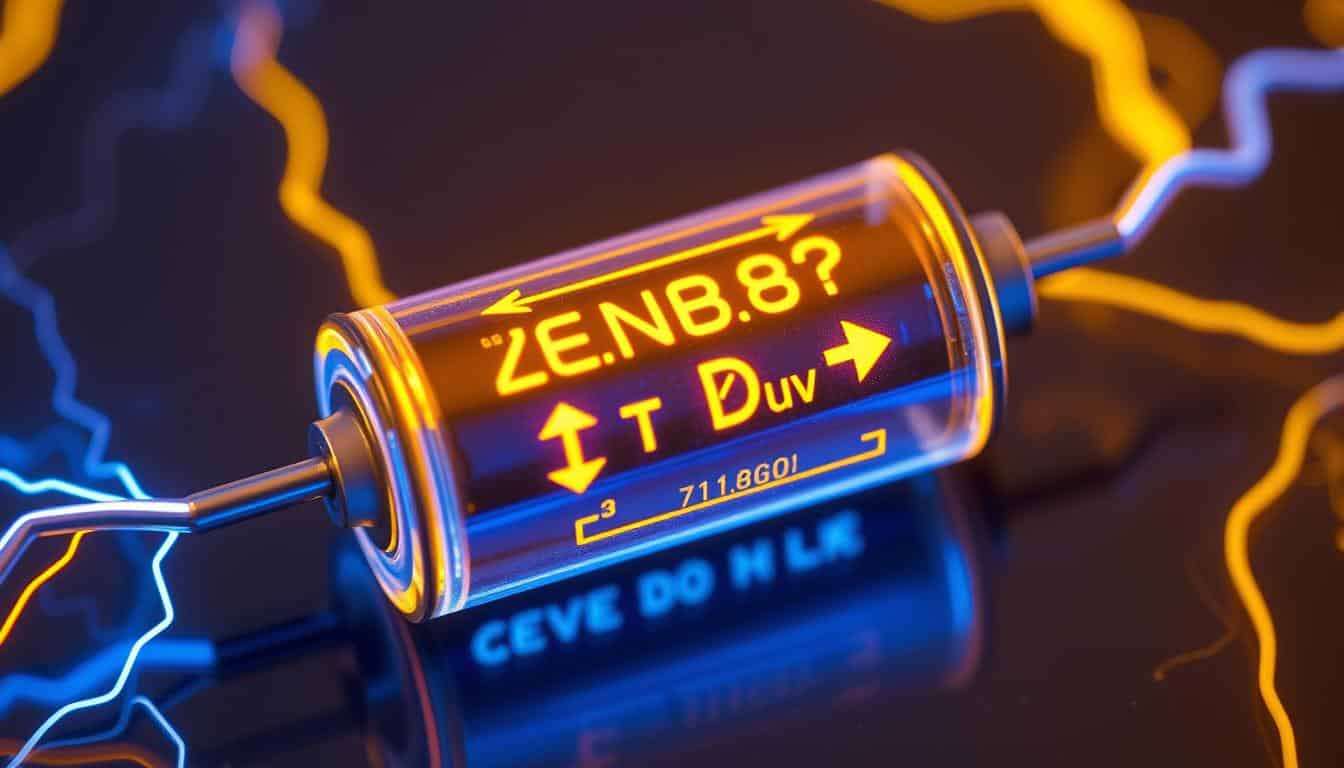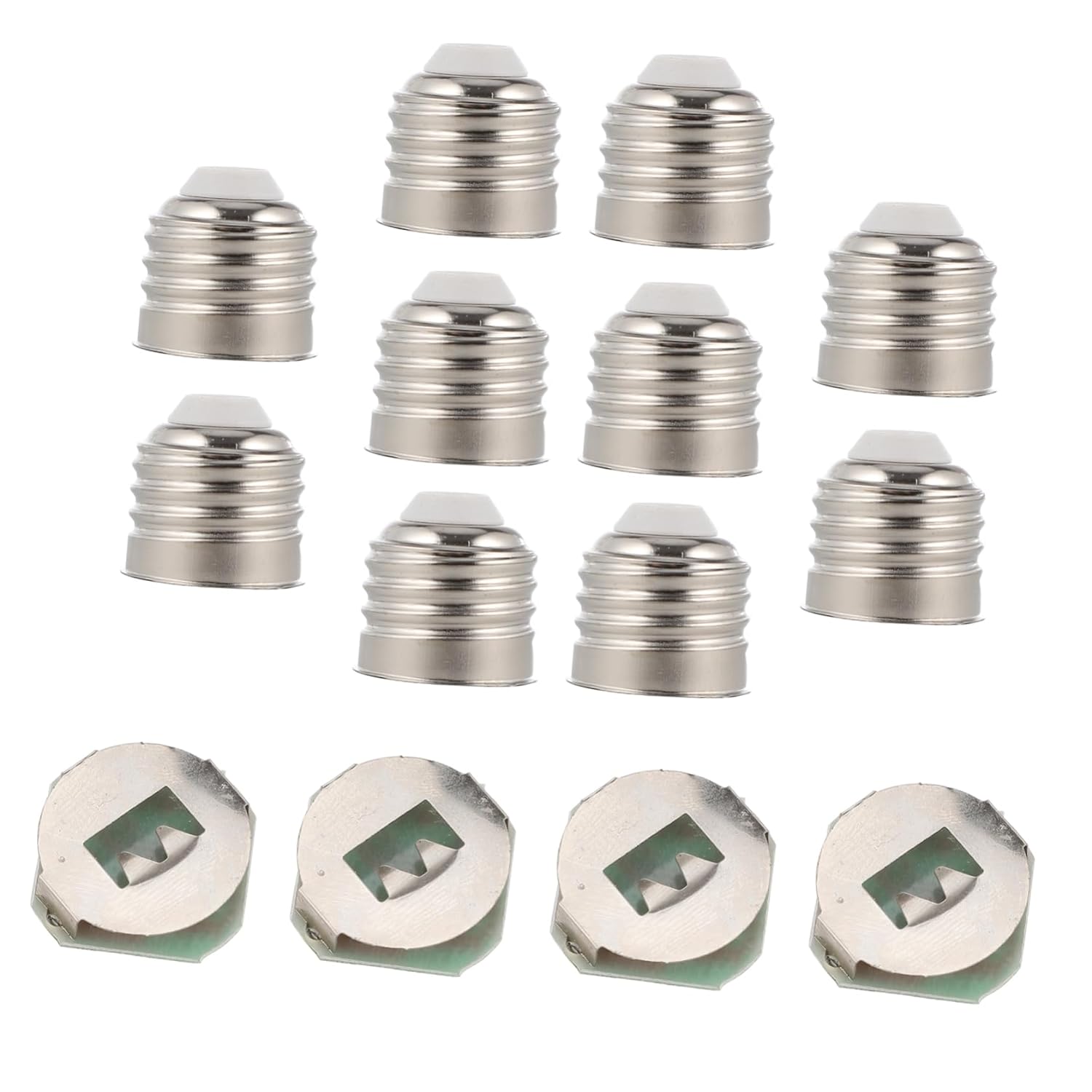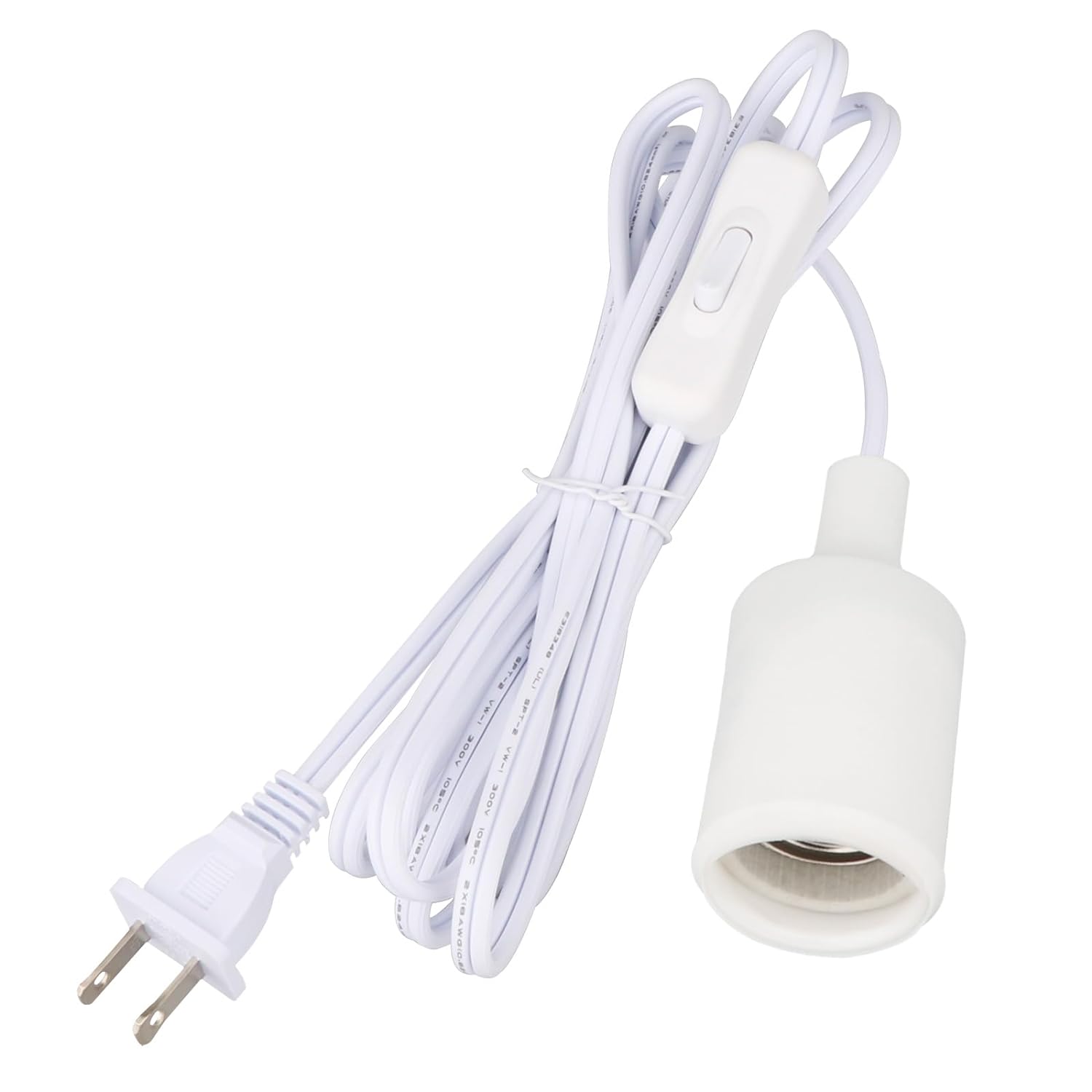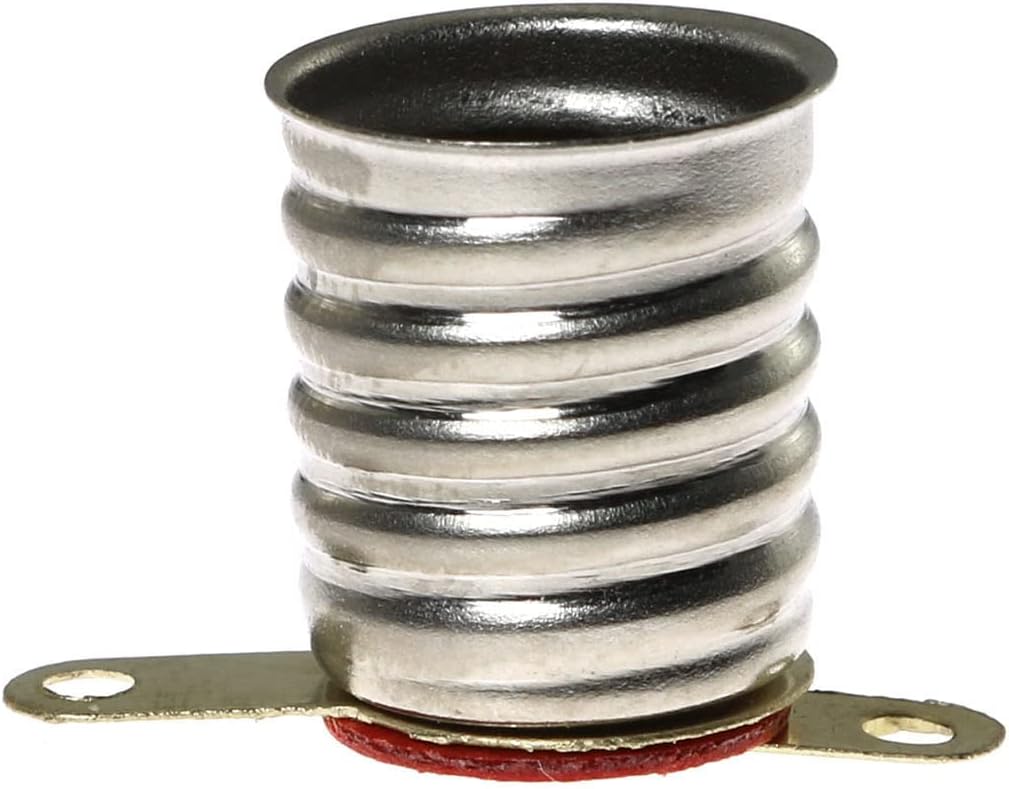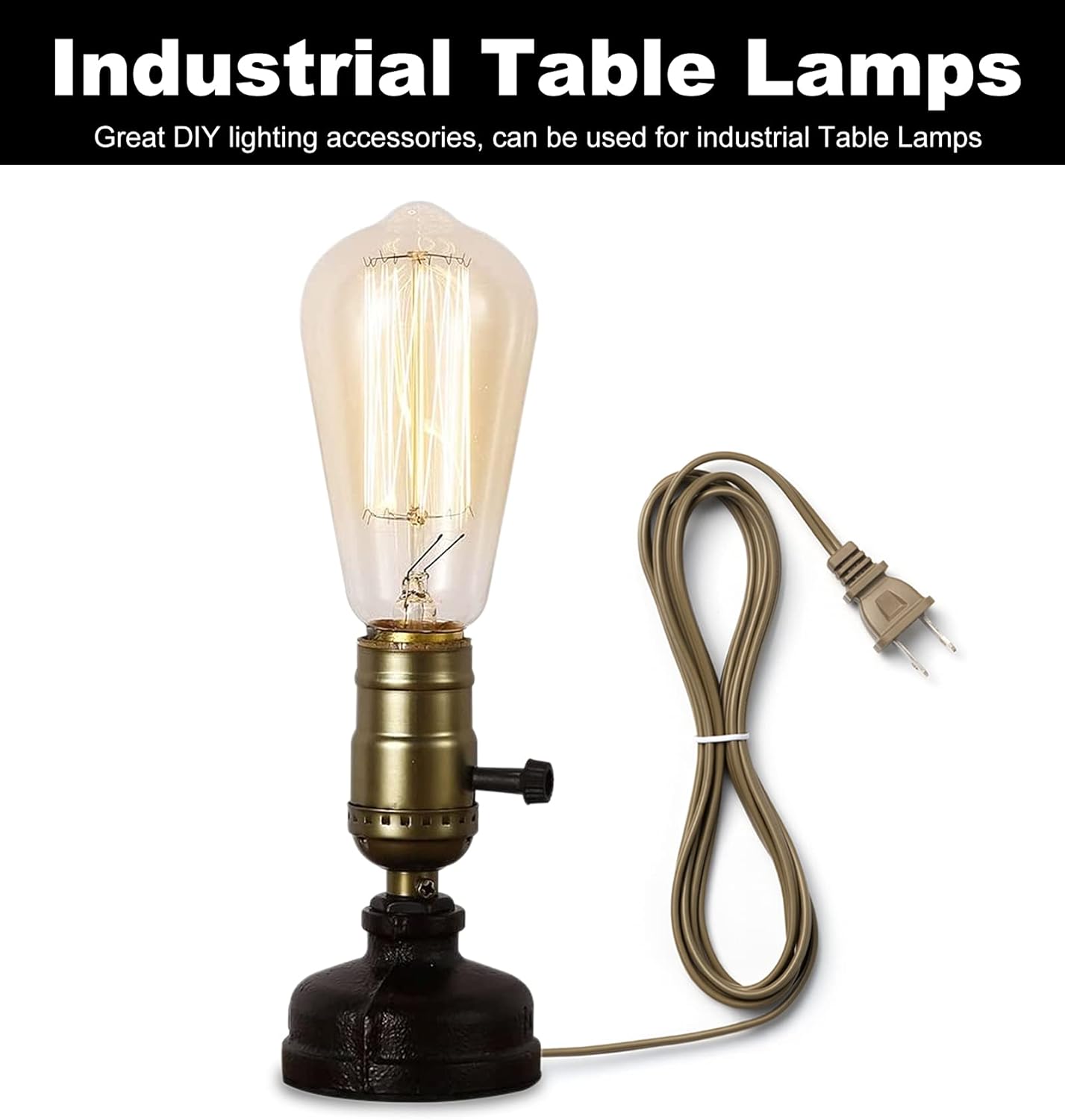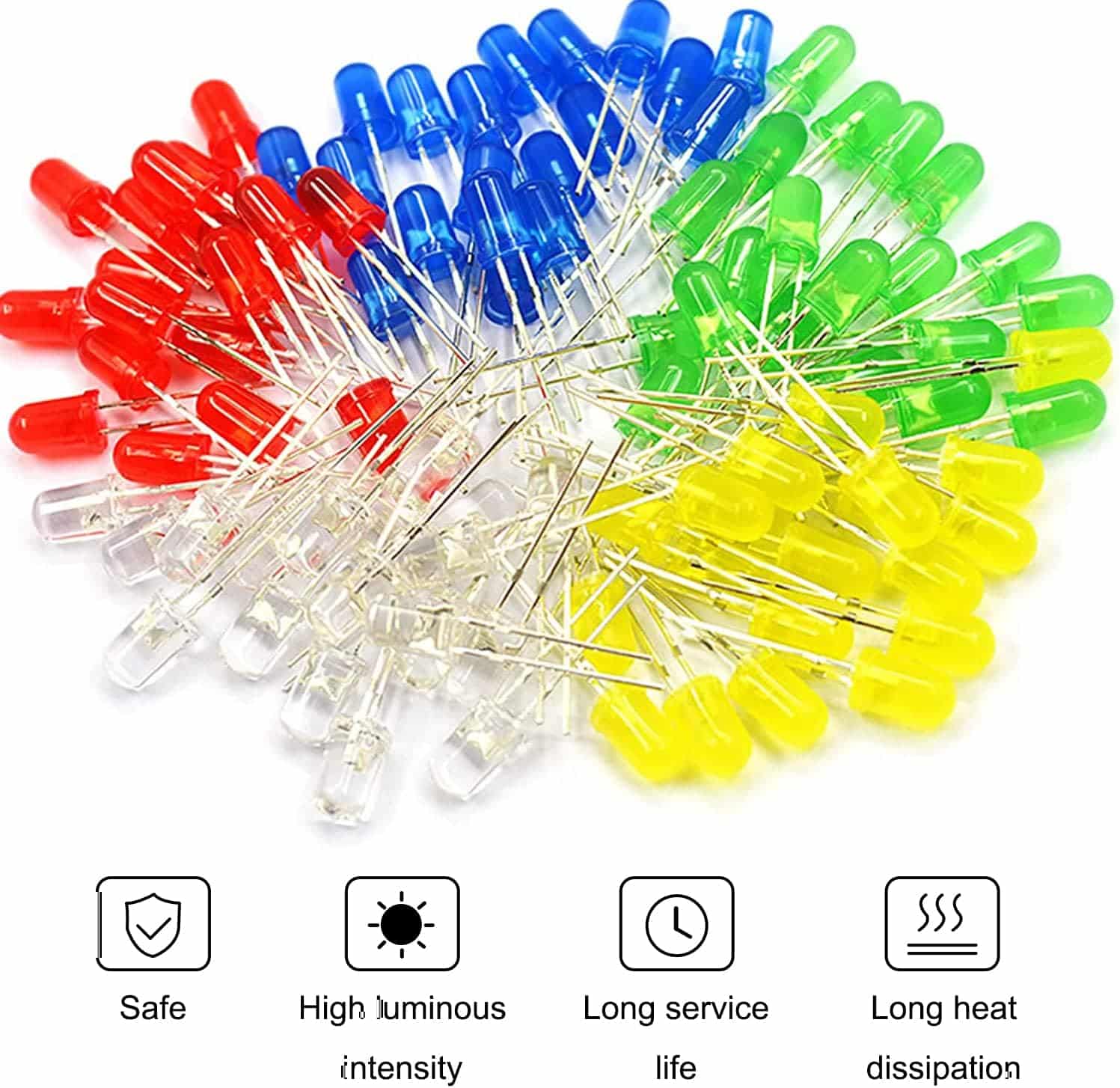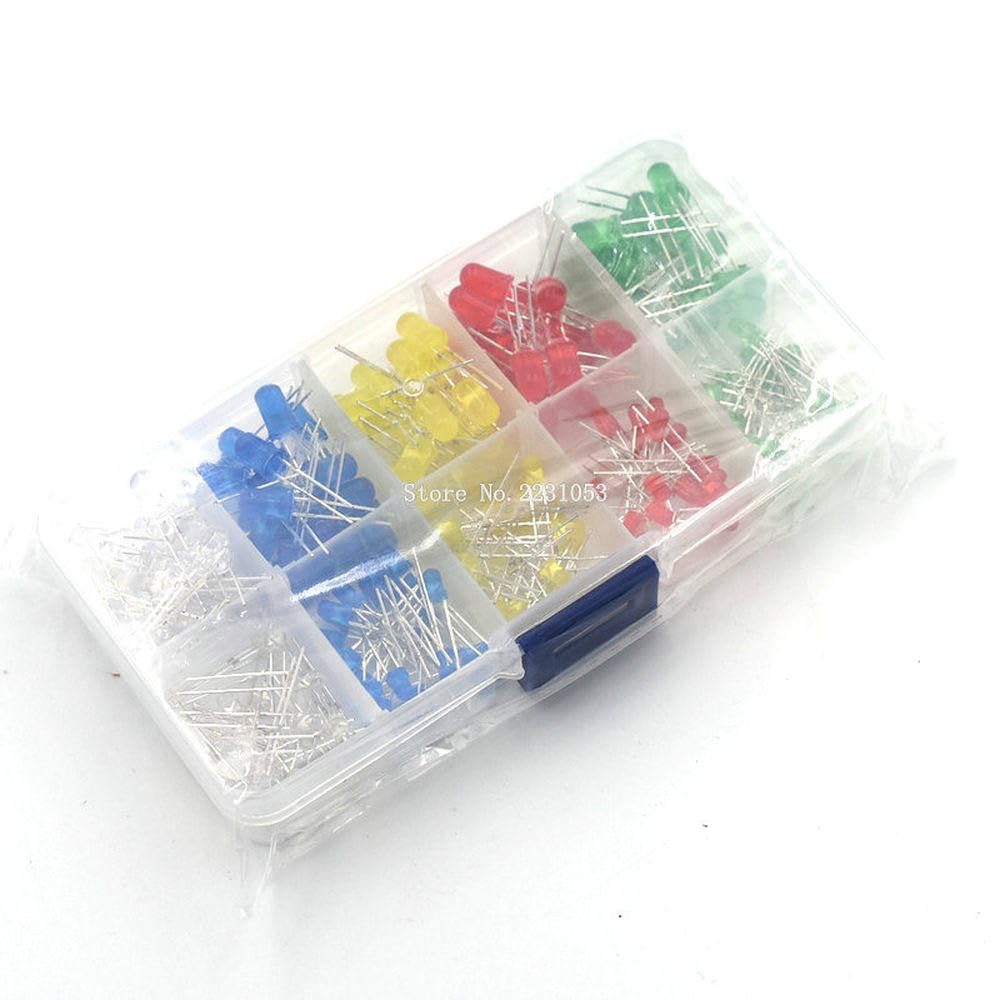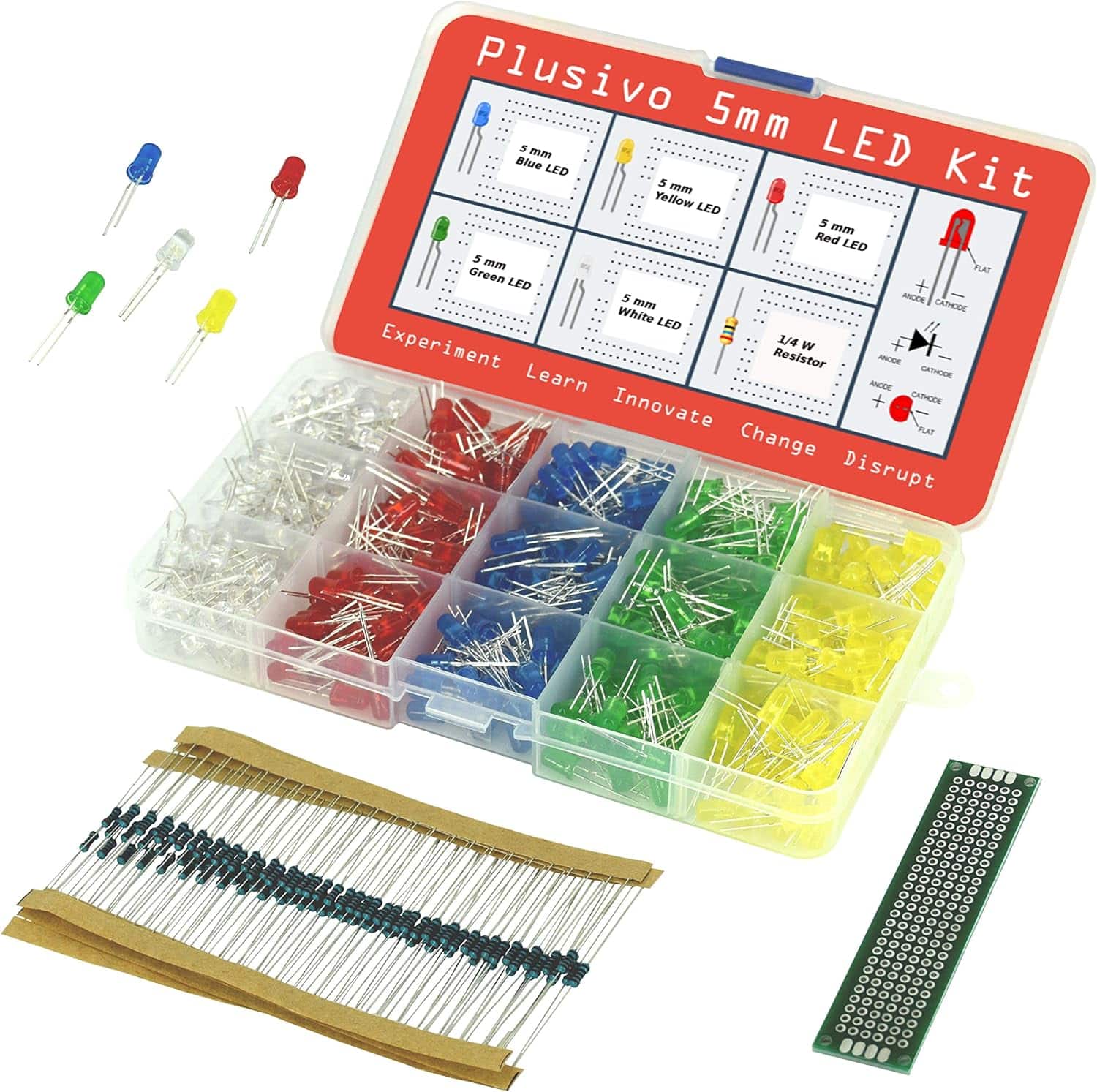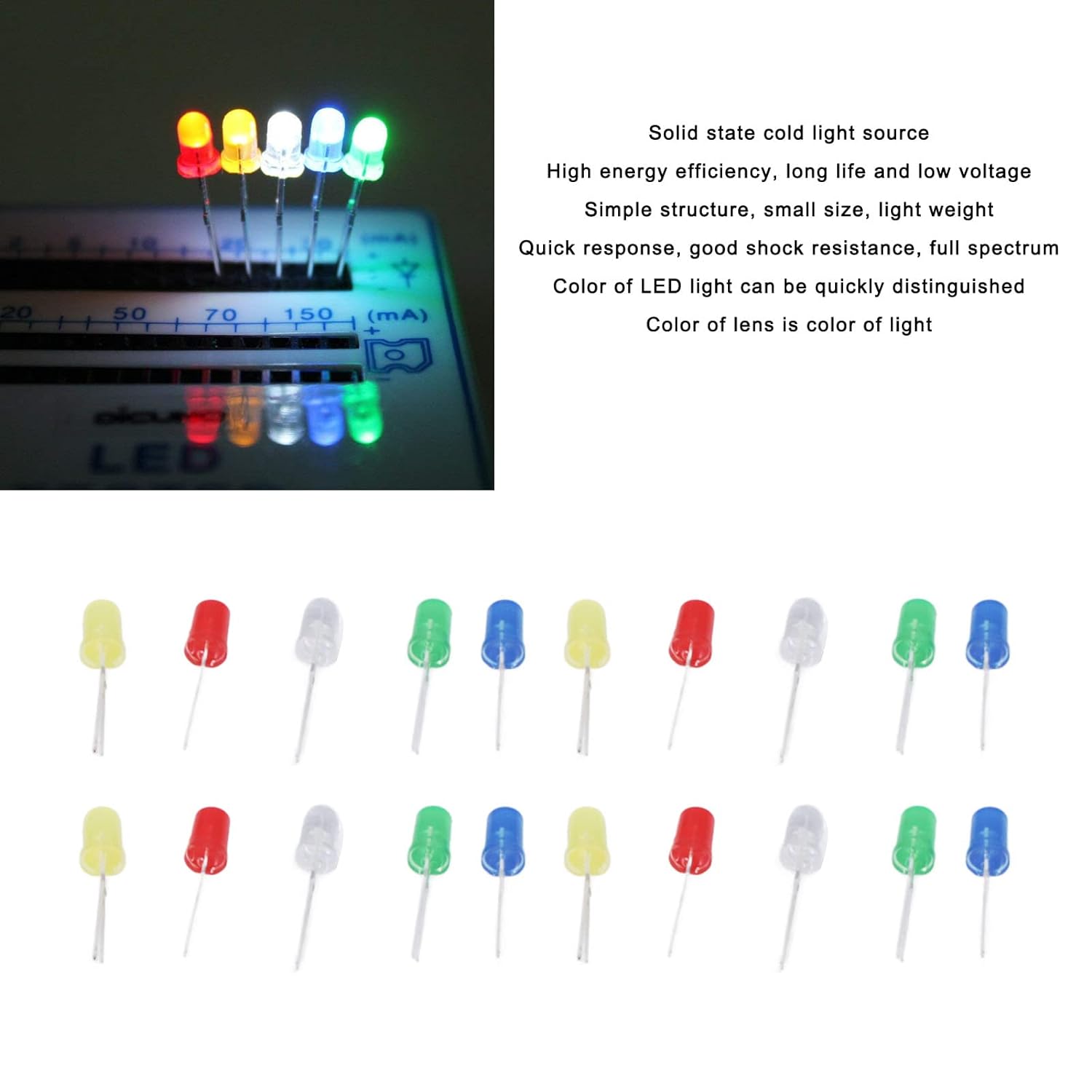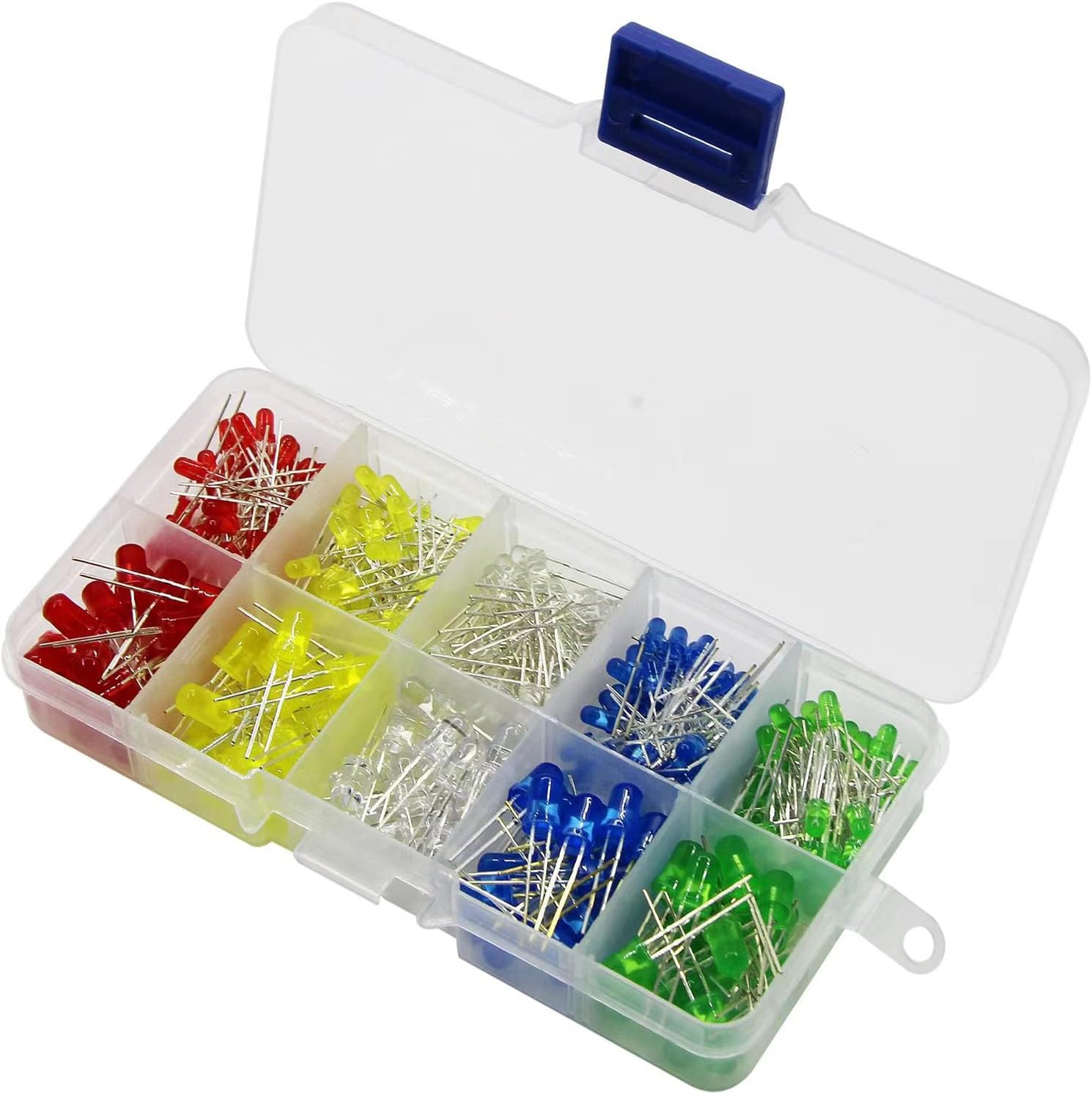What distinguishes Zener diodes from standard diodes in a typical circuit?
Zener diodes are intriguing semiconductor components. They are capable of conducting current in both forward and reverse orientations when supplied with the correct voltage. Named after Clarence Melvin Zener, these diodes are engineered to function consistently in reverse bias. They transition into a breakdown condition at their specified ‘Zener voltage.’ This characteristic makes them essential in circuits for voltage regulation, ensuring stable operation under fluctuating electrical environments.
In contrast to regular diodes that permit current flow in only one direction, Zener diodes can adeptly manage the reverse bias state. This ability renders them crucial elements in contemporary electronics.
Key Highlights
- Zener diodes regulate voltage by conducting in reverse bias mode once a definitive ‘Zener breakdown voltage’ is attained.
- They have the capacity to conduct current in both forward and reverse directions, which differentiates them from ordinary diodes.
- Named after the physicist Clarence Melvin Zener, these diodes are vital in ensuring consistent voltage across various electronic applications.
- Grasping the principles behind Zener diodes is essential for developing efficient and dependable circuits.
- The schematic representation for Zener diodes features a distinctive ‘Z’ shape, highlighting their specific reverse breakdown functionality.
Introduction to Zener Diodes
Zener diodes are pivotal in electronics, owing to their distinctive characteristics. They allow reverse current flow when a certain voltage threshold is achieved. This functionality is critical for maintaining voltage stability and safeguarding circuits.
What is a Zener Diode?
A Zener diode differs from standard diodes because it has the ability to conduct in reverse. This occurs when the voltage reaches a designated level known as Zener breakdown. This property contributes to maintaining stable voltages, making it a preferred choice for voltage regulation.
Origin of Zener Diodes
The narrative of Zener diodes begins with physicist Clarence Melvin Zener. In 1934, he elucidated the operational principles of these diodes. His findings facilitated their application in generating reliable voltage systems within electronics.
A deeper understanding of Zener diodes and their historical background highlights their significance in contemporary electronics. They ensure stability and safeguard devices.
Zener Diode Operating Principle
The Zener diode operates efficiently in both forward and reverse bias. In forward bias, it behaves like a conventional diode. However, its reverse bias operation is distinctive, particularly at elevated voltages. It employs avalanche and Zener breakdown phenomena.
Forward and Reverse Bias
In forward bias, a Zener diode allows current to flow akin to a standard diode. Yet, under reverse bias, it permits current to flow only until a certain voltage threshold is achieved. This voltage is referred to as the breakdown voltage.
Once this voltage is reached, the Zener diode commences reverse conduction. This guarantees a consistent voltage across its terminals.
Avalanche and Zener Breakdown
Avalanche breakdown occurs at elevated reverse voltages, triggered by the multiplication of charge carriers within the diode. Conversely, Zener breakdown transpires at lower voltages.
This breakdown phenomenon arises due to the intense electric field present in the diode’s thin depletion region, resulting in electron tunneling from the valence band to the conduction band.
Breakdown Characteristics
The operational principle of the Zener diode hinges on preserving voltage stability. Its breakdown characteristics consist of:
- Sharp Breakdown Transition: The diode swiftly shifts from a high to a low impedance state at the breakdown voltage, making it ideal for exact voltage regulation.
- Voltage Stability: Post-breakdown, the Zener diode maintains a stable voltage irrespective of current variations.
- Temperature Dependence: The breakdown voltage can vary with temperature, an aspect important for circuit design consideration.
The capacity of the Zener diode to regulate voltage makes it highly effective. Its characteristics position it as a fundamental element in various applications requiring stable voltage references.
What Does a Zener Diode Accomplish?

Zener diodes are crucial in electronic circuits, particularly for voltage regulation. They function as voltage regulators. In reverse-bias mode, they ensure that the voltage remains constant, thereby shielding sensitive components from voltage fluctuations.
Zener diodes utilize their reverse breakdown attribute. When the reverse voltage reaches a specific level, they start conducting in reverse, which maintains a consistent voltage across them, regardless of alterations in input voltage or load. This aspect renders them indispensable in power supply circuits.
Additionally, Zener diodes are employed in over-voltage protection. They guard against voltage spikes that could potentially damage circuit components. By securing safe voltage levels, they facilitate uninterrupted operation of devices.
Moreover, they are utilized in clipping circuits to restrict voltage signal amplitudes. This function prevents damage or interference. Consequently, numerous modern electronics rely on Zener diodes for stable performance.
| Application | Function |
|---|---|
| Voltage Regulation | Maintains steady voltage levels |
| Over-Voltage Protection | Safeguards against voltage spikes |
| Clipping Circuits | Restricts voltage signal amplitude |
Zener diodes are multifunctional and essential in a myriad of electronic devices. They play a pivotal role for both hobbyists and professional engineers engaged in designing dependable circuits.
Zener Diode as a Voltage Regulator
Zener diodes are essential in electronics for maintaining voltage stability. They enable devices to operate effectively, even amidst fluctuations in input voltage. Incorporating a Zener diode helps protect circuits from potential damage arising from voltage variations.
Comprehending Voltage Regulation
Voltage regulation ensures that the output voltage remains consistent, regardless of input or load variations. Zener diodes are pivotal for achieving this goal. They stabilize voltage, which is critical in many electronic devices. A Zener diode guarantees that your components receive the correct voltage.
Shunt Regulator Mechanism
A shunt voltage regulator integrates a Zener diode in parallel with the load. This configuration redirects surplus voltage through the Zener diode. When the input voltage escalates excessively, the diode undergoes breakdown, thereby regulating the voltage. This approach is both efficient and dependable, ensuring the stability and safety of your system.
Zener Diode Applications
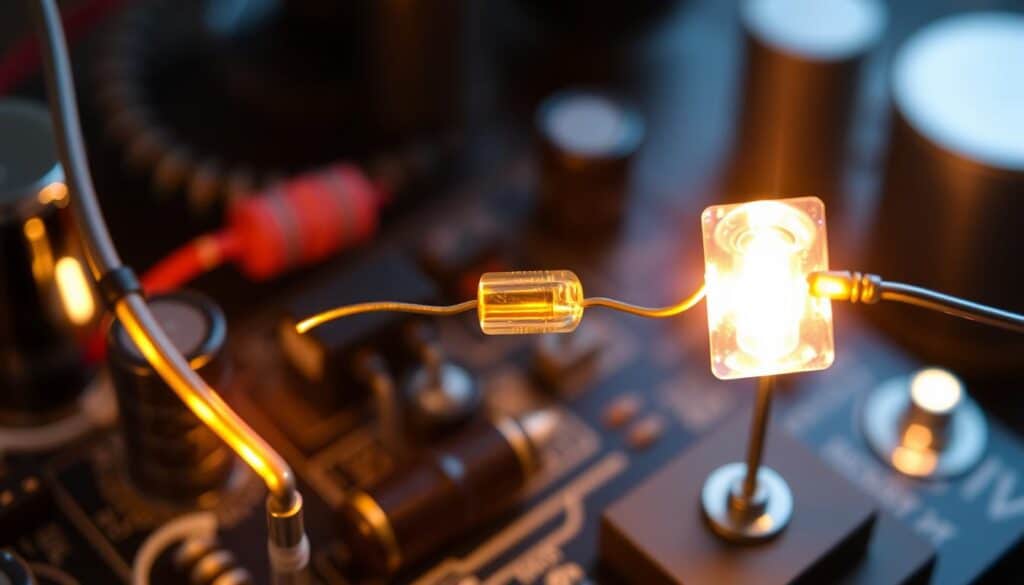
Zener diodes are remarkably beneficial in numerous ways. They aid in ensuring that electronic circuits function correctly and securely. They are crucial for the proper operation and protection of a wide range of electronic systems.
Over-Voltage Protection
Zener diodes excel in safeguarding against excessive voltage. When voltage reaches a critical level, the Zener diode activates. It diverts excess voltage away from essential components, ensuring their protection. This functionality helps avoid damage to electronic devices caused by voltage spikes.
Clipping Circuits
Zener diodes also play a significant role in clipping circuits. They are vital for AC waveform clipping. They suppress the peaks of AC signals, ensuring that the signals remain within acceptable limits. This capability is particularly useful in audio and signal processing.
Voltage Reference
Zener diodes are also employed as reliable voltage references. They provide a consistent voltage that is essentialfor voltage regulation in numerous systems. This renders them vital in accurate measuring devices and control mechanisms. They assist in guaranteeing optimal performance and reliability.
| Usage | Purpose | Advantages |
|---|---|---|
| Over-Voltage Safeguarding | Redirect surplus voltage | Defends delicate circuits |
| Clipping Circuits | Cut AC waveforms | Manages signal distortion |
| Voltage Standard | Deliver stable voltage | Guarantees consistent operation |
Characteristics of Zener Diodes
Zener diodes are recognized for their distinct characteristics, crucial for various applications. Understanding the specifications of Zener diodes is essential for selecting the appropriate one for your project.
Breakdown Voltage (Vz)
The breakdown voltage, known as Vz, is of significant importance. It can range from just below 1V to more than 200V. This indicates the voltage the diode can maintain when subjected to reverse bias.
This precise voltage is vital for maintaining the correct voltage within circuits.
Zener Impedance (ZZ)
Zener impedance, or ZZ, is yet another significant specification. It represents the resistance the diode offers at a specific current level. This influences its ability to stabilize voltage.
Power Dissipation
Power dissipation is crucial for the functionality of Zener diodes. It indicates the maximum power the diode can withstand without excessive heating. This measurement is expressed in watts.
Selecting the appropriate diode based on power dissipation can help avoid overheating issues. It also extends the lifespan of the diode during operation.
Comprehending these specifications, including Vz, ZZ, and power dissipation, is essential. They ensure the effective functionality of the Zener diode across various circuits. Recognizing these characteristics aids in making the right selection according to your requirements.
Varieties of Zener Diodes
Zener diodes are available in multiple designs to cater to different electronic requirements. They primarily encompass surface mount Zener diodes and through-hole Zener diodes. Each type presents its unique advantages depending on the specific needs of your project.
Surface Mount Zener Diodes
Surface mount Zener diodes are ideal for contemporary compact electronic devices. They are soldered directly onto the circuit board, optimizing space utilization. This attribute makes them suitable for modern electronic applications.
- Compact Form Factor: Perfect for high-density circuits.
- Simple Assembly: Compatible with automated manufacturing methods.
- Efficiency: Effective in heat dissipation within confined areas.
Through-Hole Zener Diodes
Through-hole Zener diodes are more suitable for older circuit architectures. They pass through holes in the PCB and are soldered from the opposite side. This configuration provides robust connections and enhances performance for certain applications.
- Durability: Ensures a stronger mechanical connection.
- Heat Management: Efficient for components that need enhanced thermal management.
- Serviceability: Easier to replace or upgrade compared to surface mount options.
Decoding the Zener Diode Datasheet
A Zener diode datasheet may initially seem daunting. However, familiarizing oneself with its contents is crucial for effective circuit design. The essential specifications within the datasheet provide insights into the diode’s performance and limitations, aiding in the selection process for your project.
Essential Specifications
When reviewing a Zener diode datasheet, concentrate on several critical factors. The Zener voltage (Vz) indicates the point at which the diode begins conducting in reverse bias. Pay attention to the maximum Zener current (Iz) and test current (Izt) to understand the safe operating limits.
The power dissipation limit (Ptot) reveals how much power the diode can handle. Additionally, assess the temperature coefficients to determine how voltage varies with temperature changes.
Interpreting the Datasheet
Begin by inspecting the maximum ratings section to ensure you do not exceed the diode’s specifications. Following this, examine the thermal characteristics to assess its performance under varying temperatures. Subsequently, scrutinize the electrical characteristics for details regarding breakdown voltages, impedance, and capacitance.
By methodically reviewing these sections, you can confirm that the diode meets your project’s specifications. This enhances both reliability and operational efficiency.
FAQ
What role does a Zener diode play in a circuit?
How does a Zener diode operate under forward and reverse bias?
What constitutes the breakdown voltage of a Zener diode?
What is the operational principle of a Zener diode?
In what capacity does a Zener diode operate as a voltage regulator?
What are the primary uses of Zener diodes?
What are the principal characteristics of Zener diodes?
What types of Zener diodes are available?
How do you analyze a Zener diode datasheet?
Source Links
- The Zener Diode – What it is, how it works and its history – https://www.derf.com/the-zener-diode-what-it-is-how-it-works-and-its-history/
- What is a Zener diode and how does it work? – https://www.circuitbread.com/tutorials/what-is-a-zener-diode-and-how-does-it-work
- Zener Diode – Definition, Working, Circuit Symbol, V-I Characteristics, Applications, and FAQs – https://byjus.com/physics/zener-diode/

